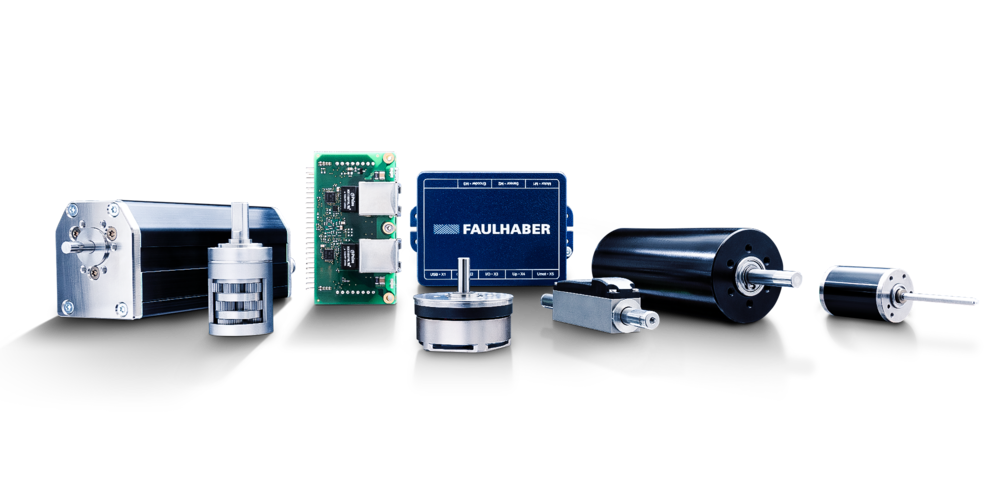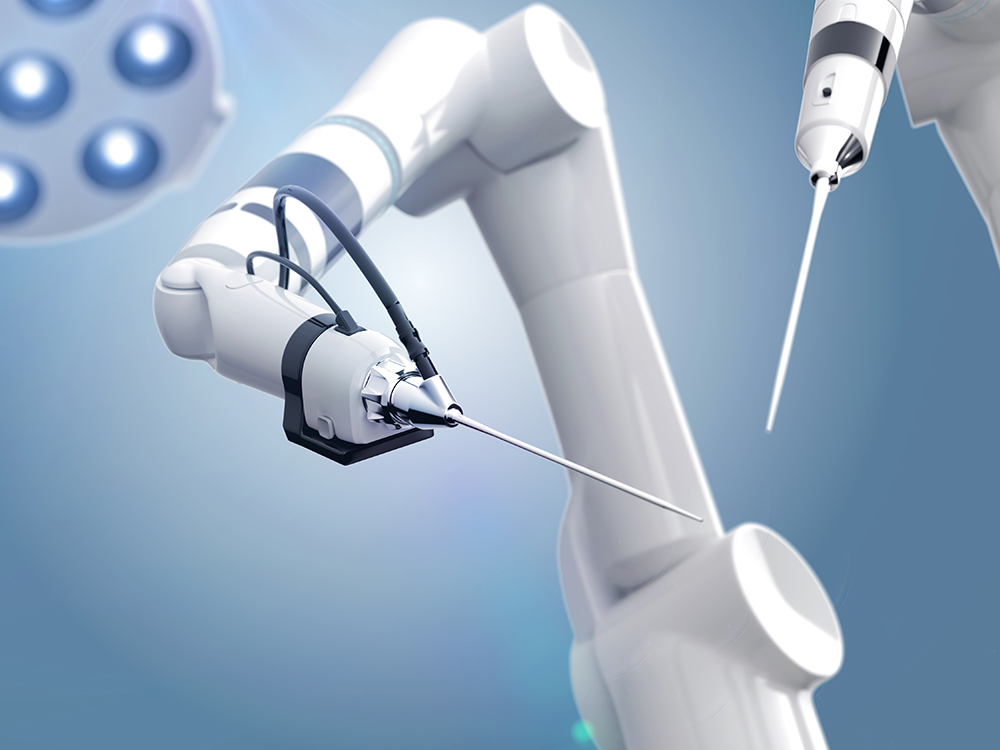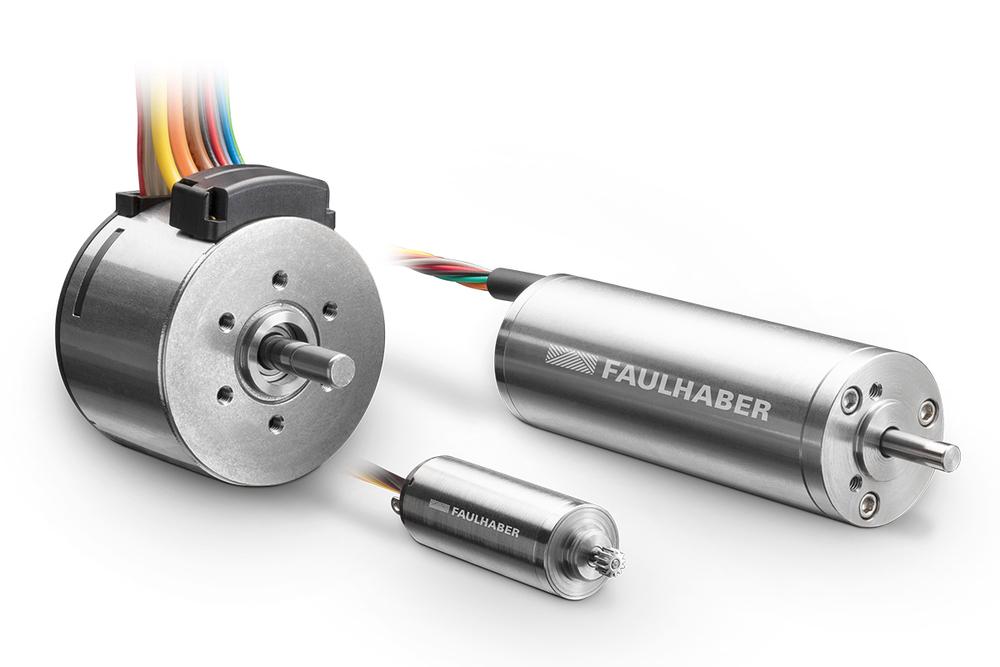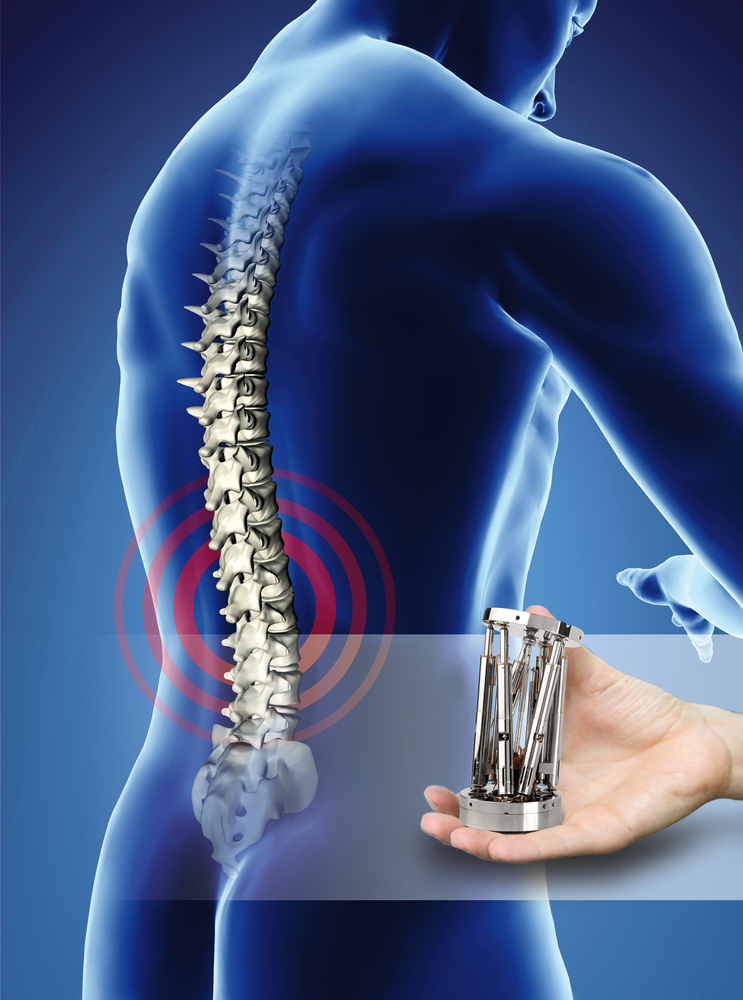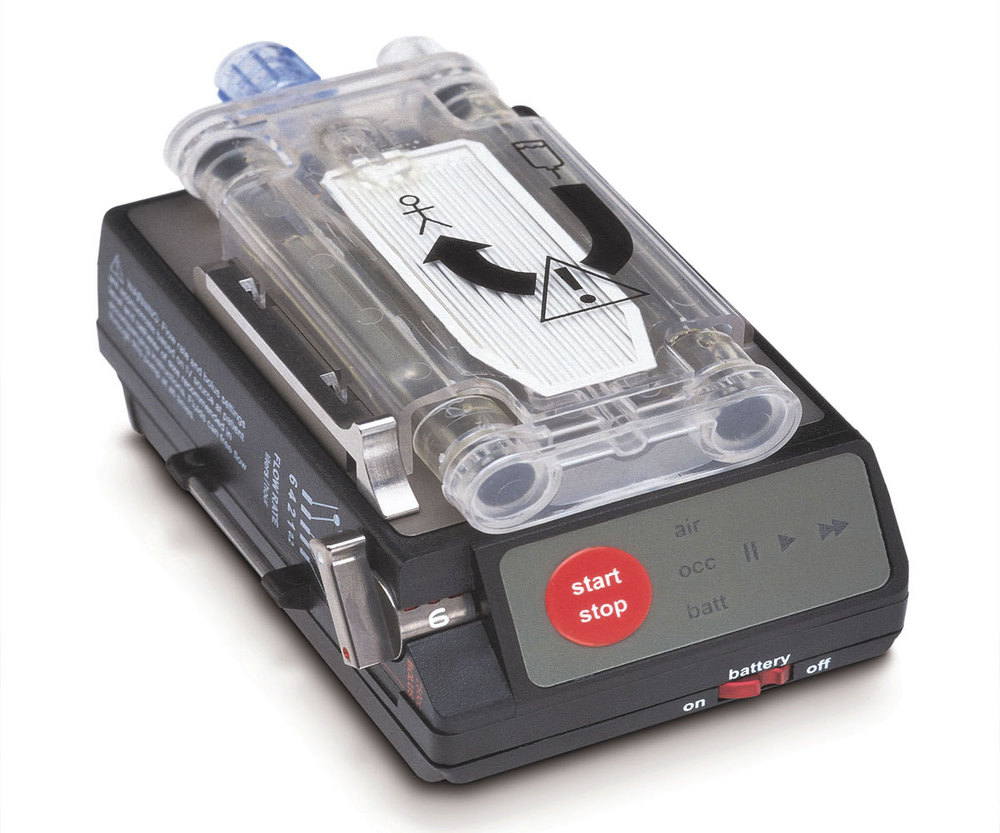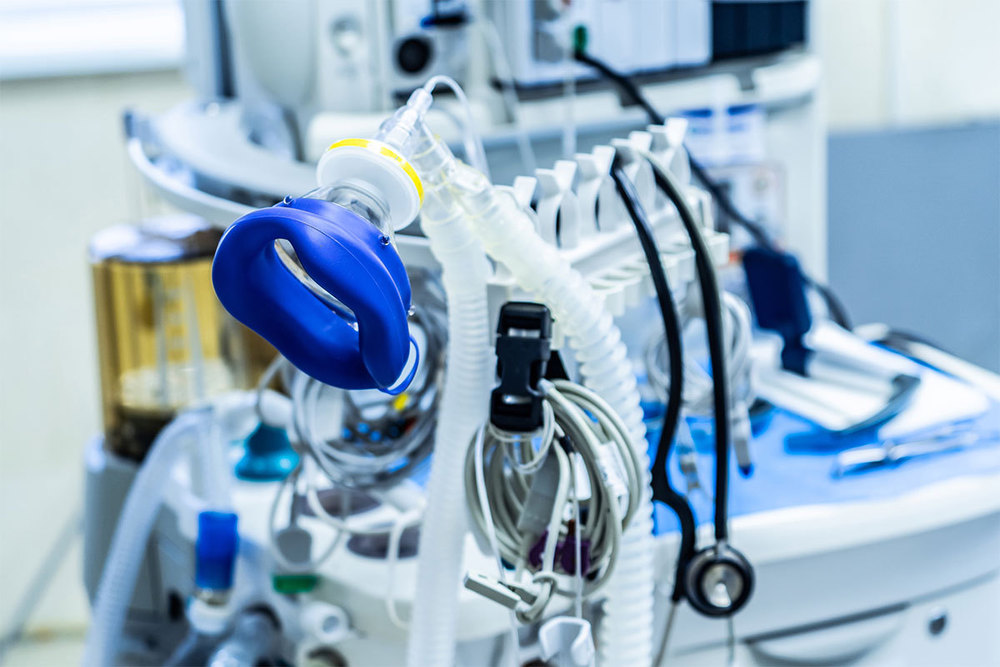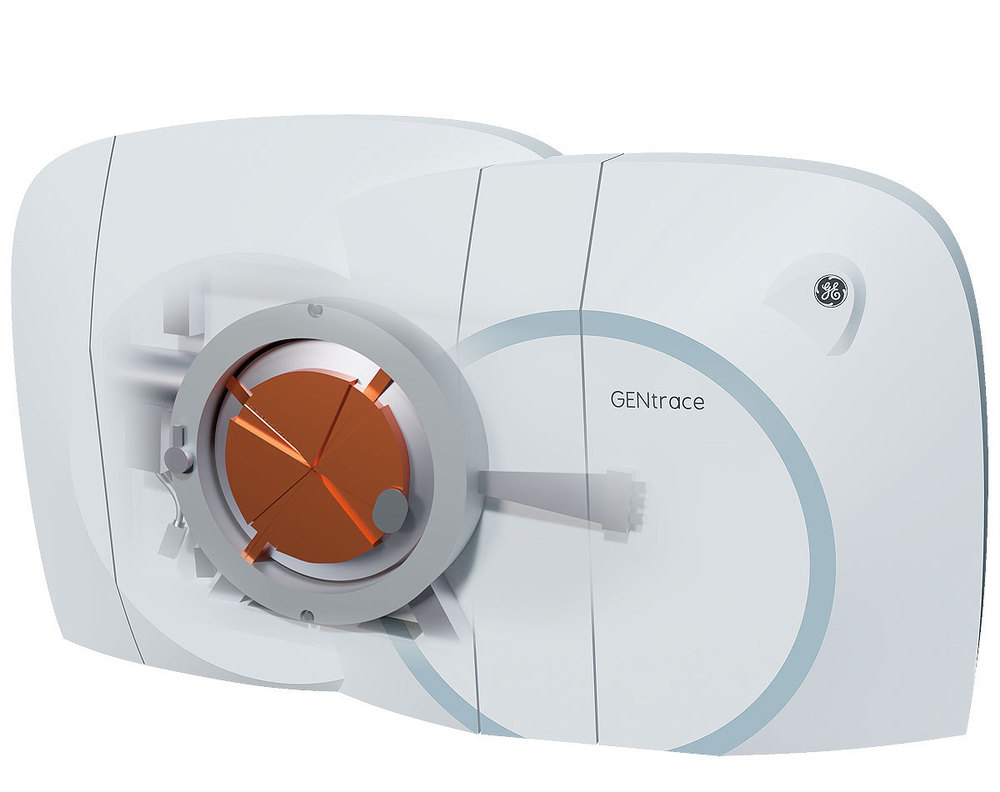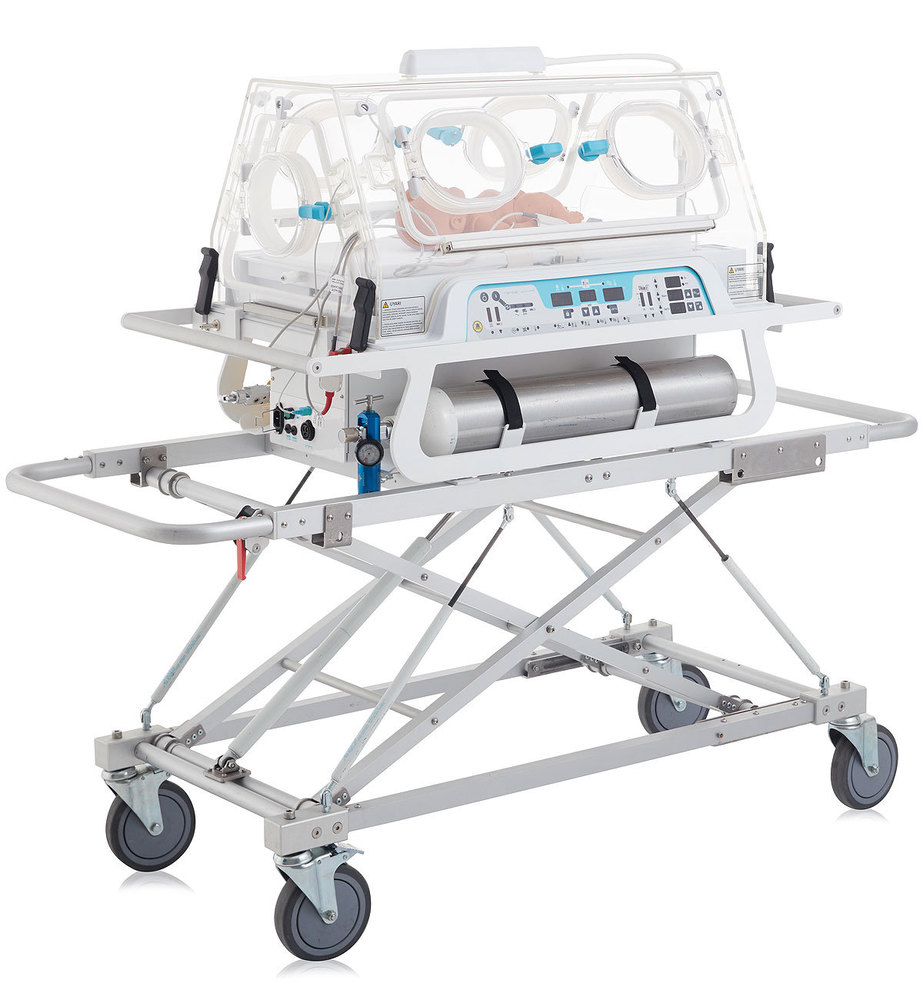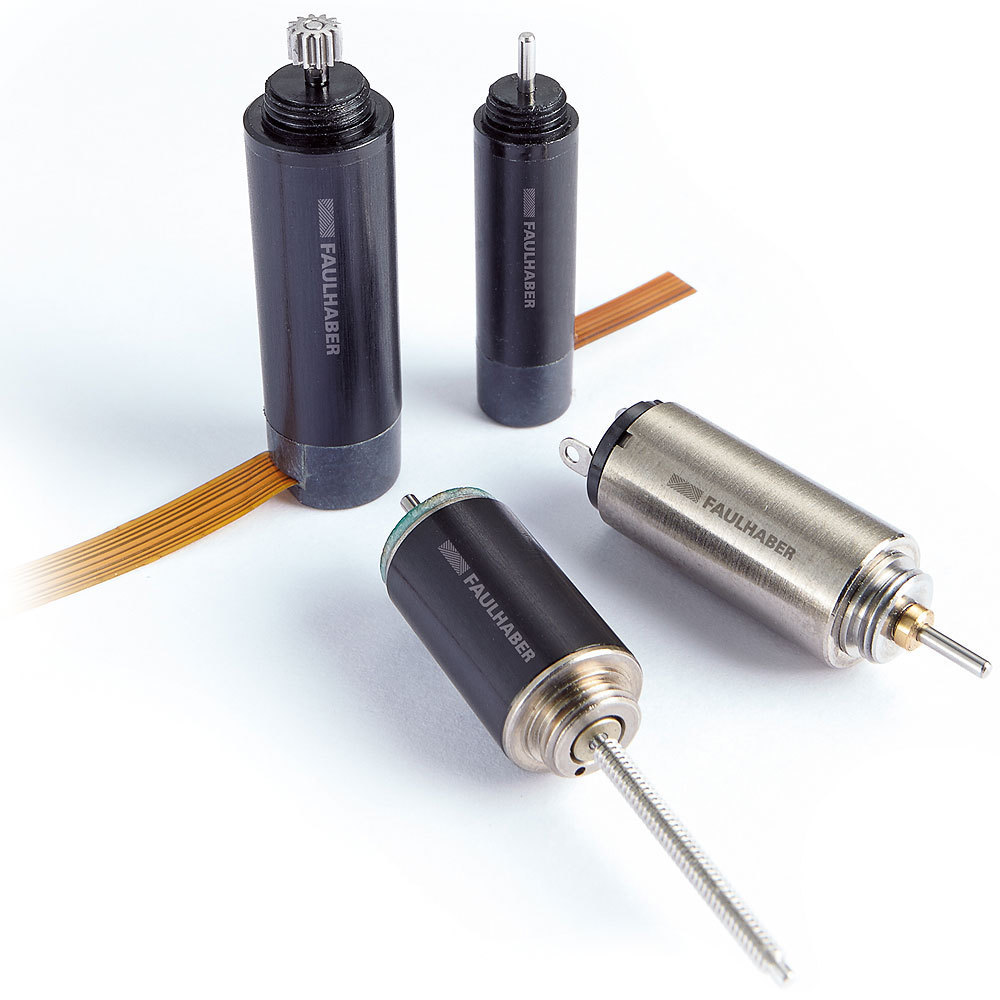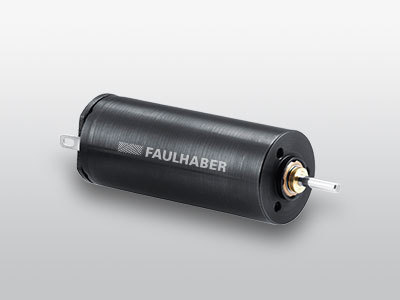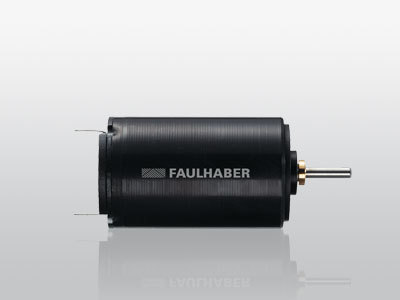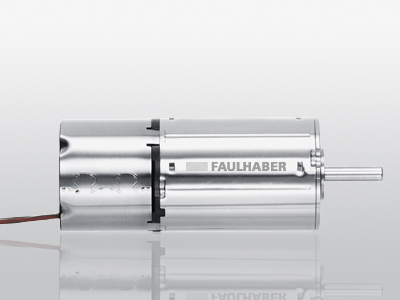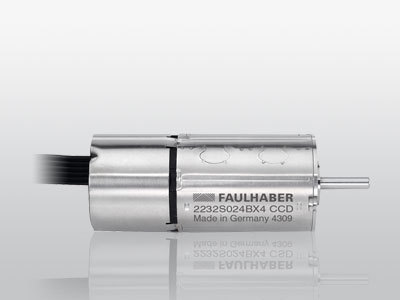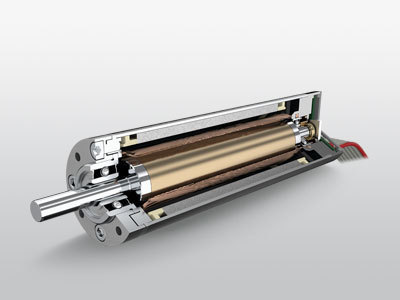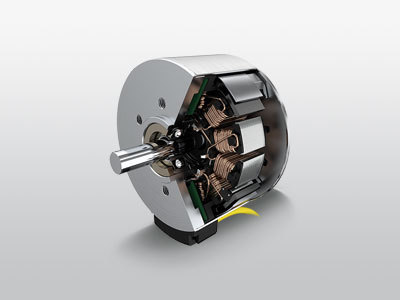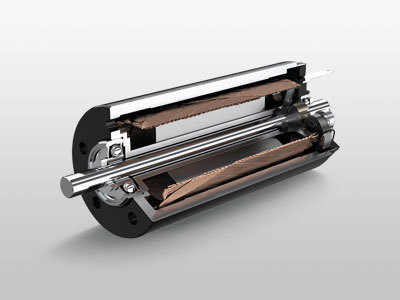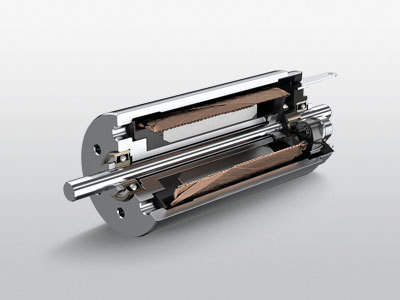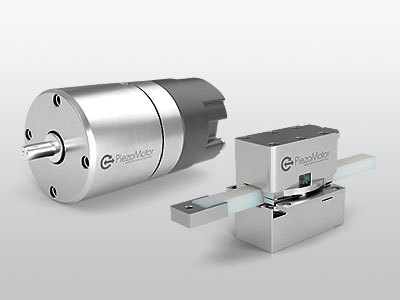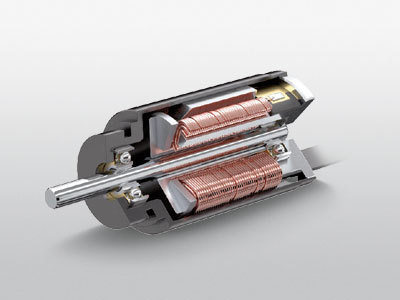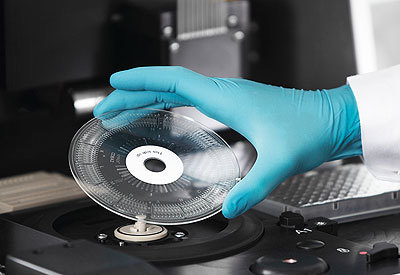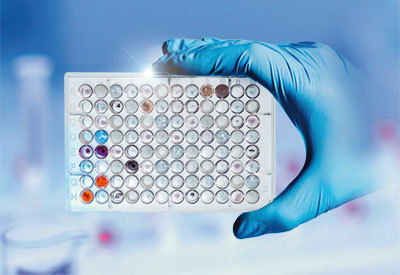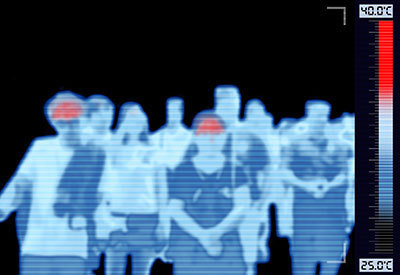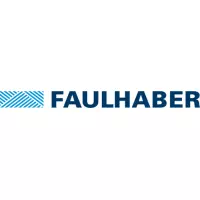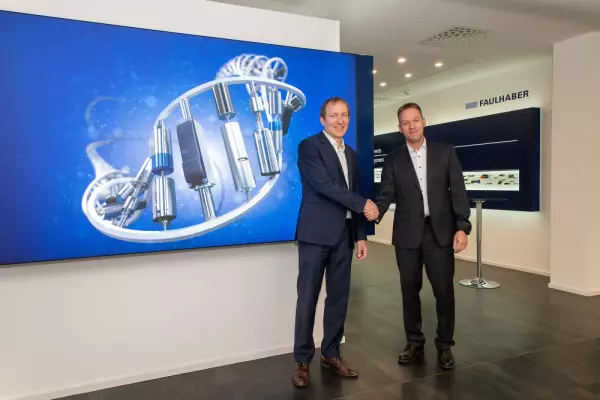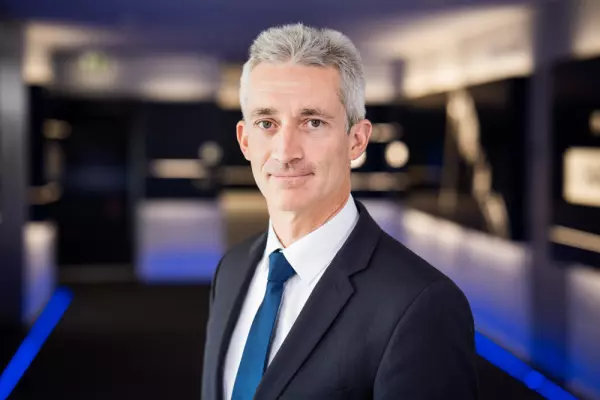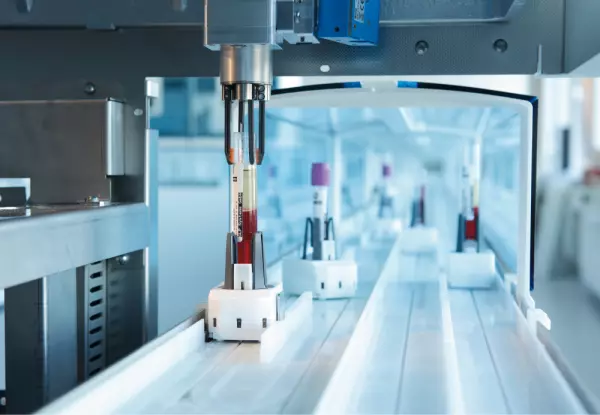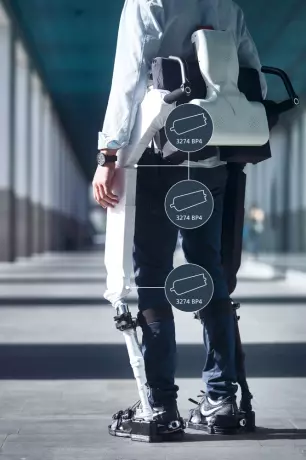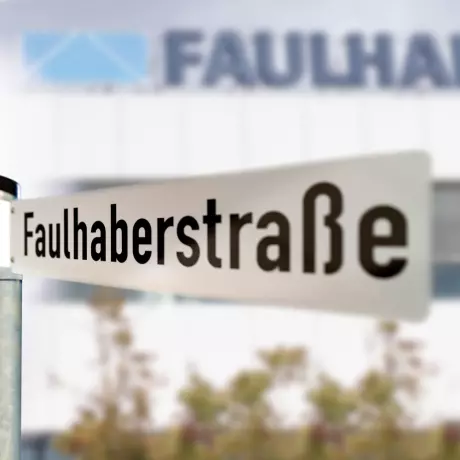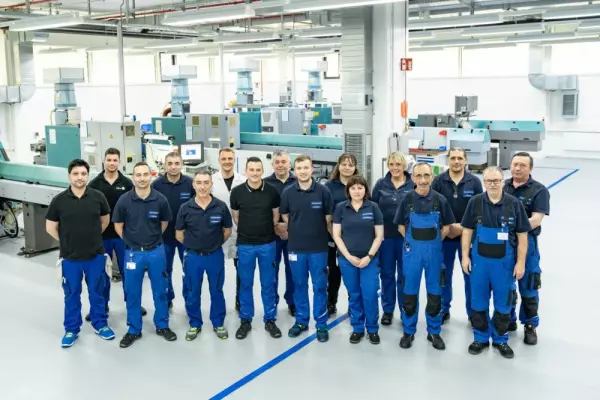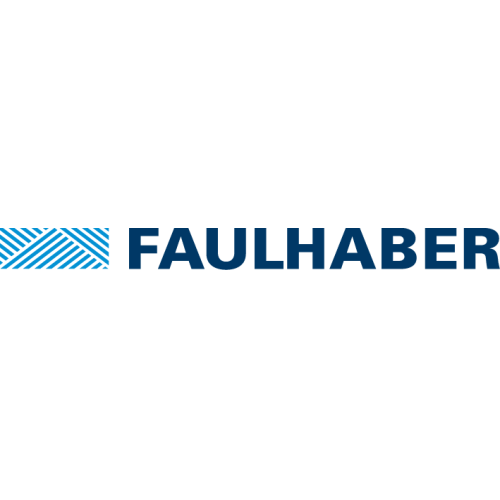The aim of Alice Strunkmann-Meister's thesis was to recreate the natural experience of waves in an installation. The ingenious implementation was possible thanks in part to the motors from FAULHABER.
Observing nature has inspired scientists and artists throughout the ages and has given them important insights. The natural sciences derive laws from the observation of nature. The knowledge gained from this has influenced many technological innovations: whether robots that communicate with each other in a swarm intelligence based on models from the animal world, or textiles whose properties are based on the world of plants, or computer-generated graphics that reproduce natural phenomena.
In her master's thesis EX UNDA (Latin: out of the wave), Alice Strunkmann-Meister dealt with the natural experience of waves. In an installation that is also her final work, she hangs several glass bowls filled with water side by side from the ceiling over a length of five meters. These are moved up and down over a height of five meters to imitate the movements of a water surface. By illuminating the bowls from above, the interference patterns that form on the water surface become visible. Various, partly crystal-like light reflections are created on the floor.
The movement of the water bowls is implemented by motors attached to the ceiling. The rotating movement of a cable winch attached to the motor causes the glass bowl to move up and down hanging on a wire cable. “The installation requires a motor that rotates continuously in both directions. Performance characteristics such as the achievable speed and positioning accuracy were also important to me," explains Alice Strunkmann-Meister. She chose DC motors from FAULHABER for her final installation. “These are brushless motors with planetary gears and integrated controls.” To control the motors, she uses the FAULHABER Motion Manager, control software specially developed for FAULHABER motors.
Alice Strunkmann-Meister received the Bavarian Culture Prize 2018 as the best graduate of the Augsburg University of Applied Sciences for her master's thesis.


